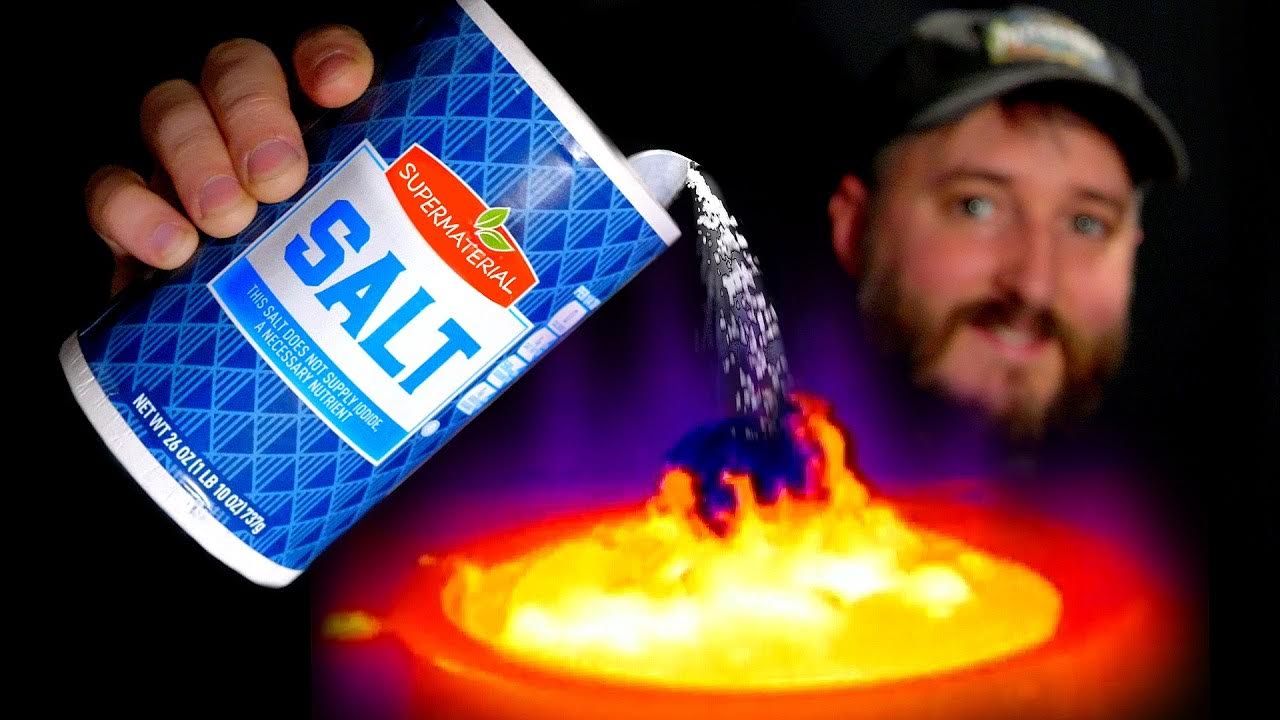Anyone got a non-YT link? Or just the recipe? Something? TY in advance!!!
1.2l water
240ml sodium sulfate
60ml sodium chloride
20ml xantham gum(optional for increased efficacy by keeping the solution homogenous)
Boil water, stir until fully dissolved, a small amount of solute should remain, if not, increase sodium sulfate concentration slowly until it does, indicating no free water molecules available for dissolution.
Solution should now be cooled to below 18c( freezing point) for an end product that will regulate temperature to 18c so long as it have sufficient(negative) thermal energy.
Solution of pure sodium chloride will have freezing point approx -20C, while solution of pure sodium sulfate has freezing point +35C. Adjusting the ratio of NaCl to Na2SO4 will shift the freezing point towards either end of thag spectrum, depending on what phase change temperature you are targetting.
As always a great video.
I was just thinking about this. Love these videos. Cooling of a solar panel is a good application, as long as it gets cold enough for long enough to re-solidify at night.
An alcohol/NaCl solution with a stabilizer can make an ice pack that freezes colder than water. That could be used to keep ice cream frozen in an ice chest.
It would be cool to have recipes for a few different temperatures. There’s a German company Qool Products that sells PCM temperature elements (ice packs), at a variety of temperatures, to store ice cream up to red wine/cellar temp in their ice chest. With some trial and error I guess we could now make our own!
In hot weather, I use silica gel neck wraps, which slowly release water to keep you cool (if soggy). I really want to try making an equivalent out of sodium sulphate gel and see how it compares.







